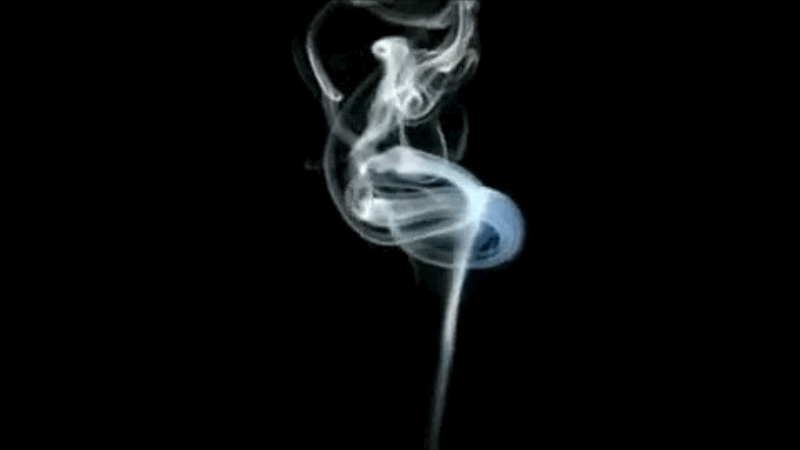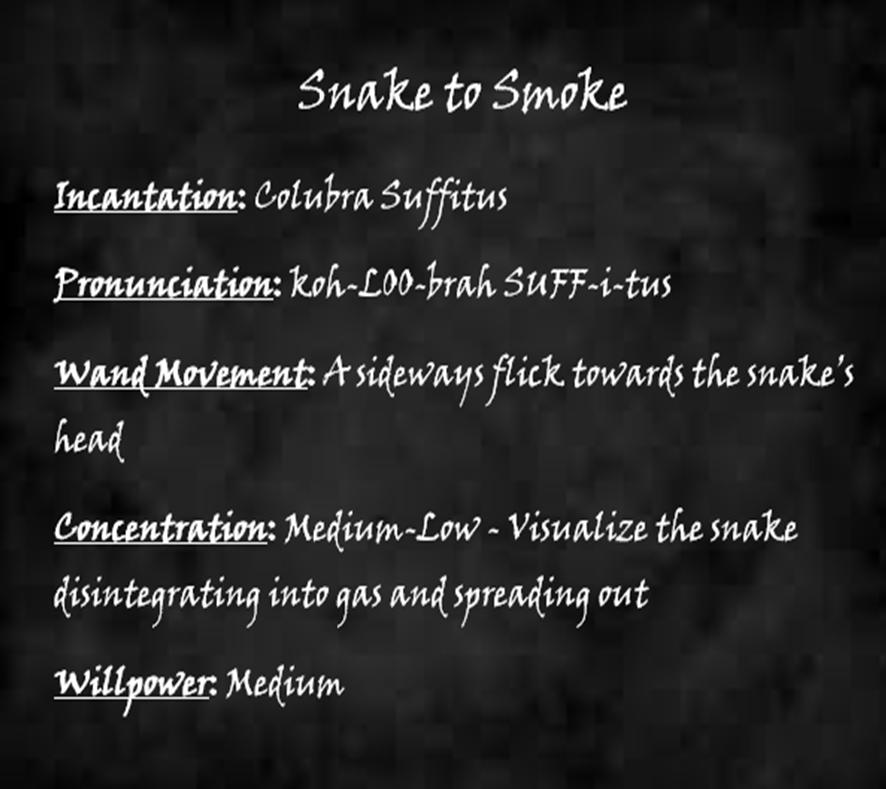Announcements
Welcome to Transfiguration!
11/25/22 - PA Applications will open January 1. Applicants should have completed all Year One assignments, including essays, and have at least an 85% in the course.
Please read the following before beginning this course or reaching out to Professor Mitchell or her PAs with questions.
1. If you have any questions about the course content, please reach out to any of the Transfiguration 201 Professor's Assistants. A list of current PAs can be found on the right side of this page. Please note that owls asking for the specific answers to quiz or essay questions will not be tolerated.
2. If you have submitted an assignment and are waiting for your grade to be returned, please do not reach out to the professor or PAs asking when it will be graded. Our grading team is composed entirely of volunteers and grading can occasionally take a little while due to both the number of assignments submitted and the real life commitments of our team. Please be patient.
3. If you believe your assignment has been graded in error, please reach out to either Professor Mitchell or Dane Lautner with the Grade ID (found in your Gradebook) for the assignment in question along with an explanation of what you believe is incorrect. Please ensure your message is respectful or your appeal will be denied.
4. If you have any comments or feedback about the course, please send an owl to Professor Mitchell.
Lesson 6) Snakes and Smoke
Snakes and Smoke
Welcome
Professor Mitchell stood at the front of the classroom as the Second Years filed in. Around her neck sat a yellow and black snake that she was stroking absent mindedly and behind her sat a stack of papers that the students assumed to be their graded midterms.
Introduction
Welcome back, welcome back, I hope you are all still with me after your midterm because today’s transformation is a fun one, assuming you’re not too afraid of snakes. As I unfortunately don’t have a snake for all of you, you will be taking turns practicing today on Sulphur here, very nicely lent to us by Professor Hackett’s son. Our goal for the day will be to transform her into smoke.
 Snake
Snake
A snake, as many of you know, is a reptile that can be found everywhere around the world with the exception of Antarctica. They come in various colors and sizes, ranging from four inches to over 30 feet in length, as there are around 2,700 known species. They are carnivorous and have two different ways of catching their prey, depending on the species. Some snakes, though not the majority, have a poisonous bite. Others wrap themselves around their prey and constrict it to catch it. Due to their highly mobile jaws, snakes have the ability to swallow prey much larger than their heads. They have forked tongues that are also used to help them smell, which is their main method of tracking prey and why you often see snakes constantly moving their tongues. In terms of defenses, snakes have a layer of hard scales that protect their bodies and also help them in moving. They also have to self regulate their body temperatures as they are ectotherms, meaning their body temperature is dependent on external sources.
In the magical world, snakes are often associated with the Dark Arts. Many historical notorious figures were known to be fond of or own snakes, including Salazar Slytherin and Voldemort, both of whom were Parselmouths with the ability to converse with our slithering little friends. In general, Parselmouths have an easier time of performing the transformation we are covering today than others, due to the deeper connection that they have with snakes.
Smoke
We already discussed the details of smoke last year, but I will give you a quick review of its basic properties. Smoke is a substance composed of gas, liquid, and solid particles, which are typically carbon dioxide, liquid water, and ash, respectively. The specific makeup and properties can change from case to case, however, depending on the source of the smoke.

Due to the small size of the particles present and the fact that they are not all connected to each other as they would be for more solid objects, smoke appears to take on an almost life-like nature as it curls and flows through the air. It is still classified as “inanimate” for the purpose of transfiguration due to the fact that the smoke itself does not move of its own free will. It is only moved by the force of the wind, much like a ball will only move if you push it or kick it. This is something to keep in mind when performing today’s transformation. You are going to have to concentrate on the particles that you are aiming for, but will also need to keep in mind the nature of the smoke and the way it behaves and interacts with its surroundings.
The Transformation
And with that, I believe you are all ready to try the transformation. You’ll be going one at a time and I will be watching closely so that I can perform the untransfiguration quickly before the smoke dissipates. You will find the spell block for the transformation up on the board.

As always, there are a few things that may possibly go wrong when performing this transformation. While most often we see some sort of partial transfiguration where we end up with an object with characteristics from both the starting and target objects, this transformation is a little different in that the most common backfire transforms only half of the snake to smoke, leaving the other half behind. Less common backfires include turning the snake to a stone like material or creating a small explosion. Another thing to consider with this transformation is the smoke’s ability to dissipate if left alone for too long. If the particles drift too far apart, it becomes nearly impossible to untransfigure. It is for this reason that I will be quickly untransfiguring your smoke after you attempt the transformation and get the results down in your notes.
Now, most of the transformations that we have been studying this year have been applicable to any species type of the creatures we have been working with. While this is also true today, there are a couple of exceptions and other considerations. As always, size must be taken into account, so, while it is definitely possible to transfigure some of the larger species of snake, it will be significantly more difficult. There are also some magical species of snake, such as the Basilisk, for which this spell is simply ineffective. Aside from the enormity of the Basilisk, its inherent magic blocks the magic from your spell, similar to the way in which dragons are immune to many spells.
Something to Think About
As always in Transfiguration, we want to be looking ahead and seeing how everything we are or will be learning connects together. Today’s transformation is the perfect opportunity to do just that. If you think about the visualization necessary to turn the snake to smoke and assess the actual change that is occurring, you may be able to draw a connection between the Snake to Smoke Transformation and vanishment. As described last year, vanishing is essentially a dispersion of the targeted object on the molecular level, causing the object to “disappear.” This transformation begins by altering the molecular makeup of all the particles within the snake, turning them into the carbon dioxide, water, and ash of the smoke, which then dissipate in a manner similar to that in vanishment. The difference is simply the size of the particles being dispersed and the rate of dispersion. Vanishment occurs much more quickly than the smoke slowly drifting away.
Similarly, if you’ll all remember back to the Smoke to Daggers spell from last year, that transformation has a similar connection to conjuration. It first must draw all of the smoke particles together and solidify them before transforming them into the particles of a dagger. That first step is very much like the process of conjuration, but once again, it is done in a much slower fashion and with bigger particles.
Where did this come from? Why do I care?
Today’s transformation was invented in 1921 by a transfigurist whose daughter was deathly afraid of snakes, though they often had the slithering buggers out in their garden where she liked to play. He wanted to find a way for her to avoid the snakes without vanishing or otherwise killing them. As a result, he created this spell and gave his daughter a glass box so that she could transfigure the snake and trap the resulting smoke for him to untransfigure later.
Since its invention, this spell has been used by many with ophidiophobia (a fear of snakes) who do not wish to vanish those they come across. It is also often used in dueling in conjunction with the snake conjuring spell and Smoke to Daggers. Additionally, if you find yourself confronted with an aggressive snake, you may use this spell as a form of self defense.
Conclusion
I hope you all enjoyed today’s lesson! Unfortunately, I would prefer you all refrain from practicing this spell outside of the classroom for the ethical reasons we have discussed, however, I will have some class and office hour time in the coming weeks if anyone wants to continue practicing. There’s a quick quiz for you to pick up on your way out. Have a nice day and I will see you all next week!
*Snake image credit: http://www.newenglandreptileshop.com/product/female-pastel-calico-enchi-yellow-belly-ball-python/*
*Smoke image credit: http://wallpapersafari.com/moving-smoke-wallpaper/*
- TNFG-101
Enroll
-
Dane Lautner
Head Student
-
Claire Peters
Professor's Assistant
-
Evony Senoj
Professor's Assistant
-
Piper Clark
Professor's Assistant
-
Isobel Watford
Professor's Assistant
-
Maya
Professor's Assistant


